Vase of flowers with architectural foreshortening and gardens
Oil on canvas
(78 x 116 cm. - Framed 97 x 137 cm.)
LINK FOR DETAILS OF THE WORK (HERE)
The painting depicts an opulent composition of flowers arranged within a decorated porcelain vase placed on a marble shelf, while on the left a precious brocade curtain opens the scene, as in a theatre curtain, to reveal the architectural foreshortening of a prestigious palace, where the majestic arched door leads the eye to the gardens.
From the very first glance, it is easy to place its authorship in the hand of Antonio Gianlisi il Giovane (Rizzolo di San Giorgio, 1677 - Cremona, 1727), whose works perfectly embody the tradition of Baroque still life painting in Northern Italy.
The lexicon deployed by the artist from Cremona in his paintings, his highly personal representation of objects, here concentrated in this magnificent floral bouquet, the characteristic brocades with arabesque decoration, as well as those landscape sorces that open the heart of the observer as well as the eye, make Gianlisi's works, such as this one we present, truly unmistakable.
The painter demonstrates an expert knowledge of the Bergamo painting tradition, incorporating elements typically used by his fellow countrymen, such as traditional embroidered fabrics, into his works.
After an apprenticeship with his father, Antonio continued his studies with better known artists: first in Piacenza with Felice Boselli, then in Bergamo in the circle of Evaristo Baschenis and Bonaventura Bettera. It is also recalled that he undertook a longer stay in Venice and also travelled to Switzerland, living the last eighteen years of his life in Cremona.
His painting production is therefore influenced by a fine and articulate language in which he exhibits the various stylistic experiences he acquired in the Bergamo and Emilian lands, in Parma and Piacenza in particular.
In our painting he demonstrates a marked ability in the rendering of details, drawn from Flemish painting, to which the depicted meticulousness of the botanical species of flowers naturally refer, as well as the raceme decoration in white and blue Delft ceramics, in addition to the marvellous rendering of the rich and full-bodied damask, all enhanced by a choice of bright and vivid colours, which gives us a suggestive chromatic effect.
The attribution is supported by comparing the canvas offered with other works by the master such as the two paintings, also en pendant, conserved in the Pinacoteca Civica Ala Ponzone in Cremona (A. Morandotti in La Natura Morta in Italia, edited by F. Zeri and F. Porzio, Milan 1989, vol. I, p. 285 fig. 332, p. 286 fig. 333), and the three works in the Galleria dell'Accademia Tadini in Bergamo:(https://www.lombardiabeniculturali.it/opere-arte/autori/46777/)
ADDITIONAL INFORMATION:
The painting is sold complete with an attractive antique gilded frame and is accompanied by a certificate of authenticity and descriptive iconographic card.
We take care of and organise the transport of the purchased works, both for Italy and abroad, through professional and insured carriers.
Should you have the desire to see this or other works in person, we will be happy to welcome you to our new gallery in Riva del Garda, Viale Giuseppe Canella 18. We are waiting for you!
Contact us for any information or to arrange a visit, we will be happy to answer you.
Follow us also on:
https://www.instagram.com/galleriacastelbarco/?hl=it
https://www.facebook.com/galleriacastelbarco/



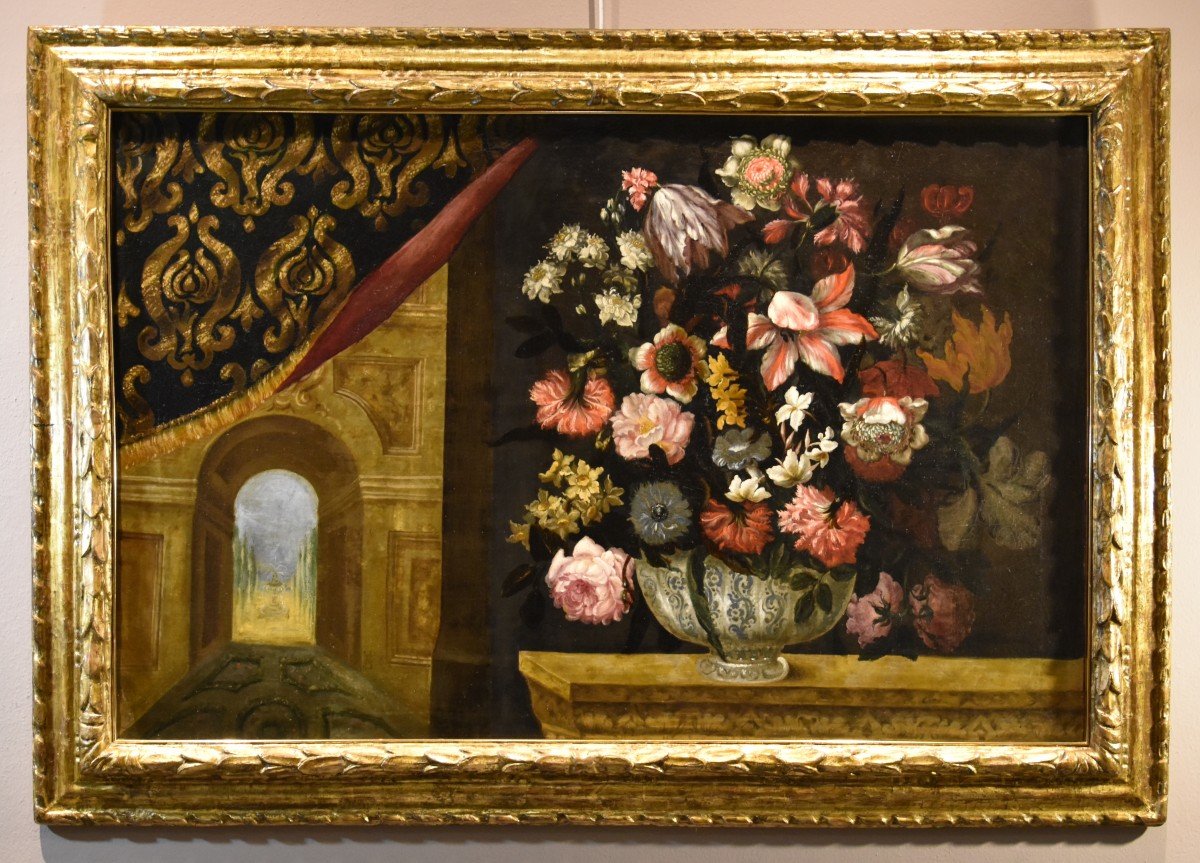








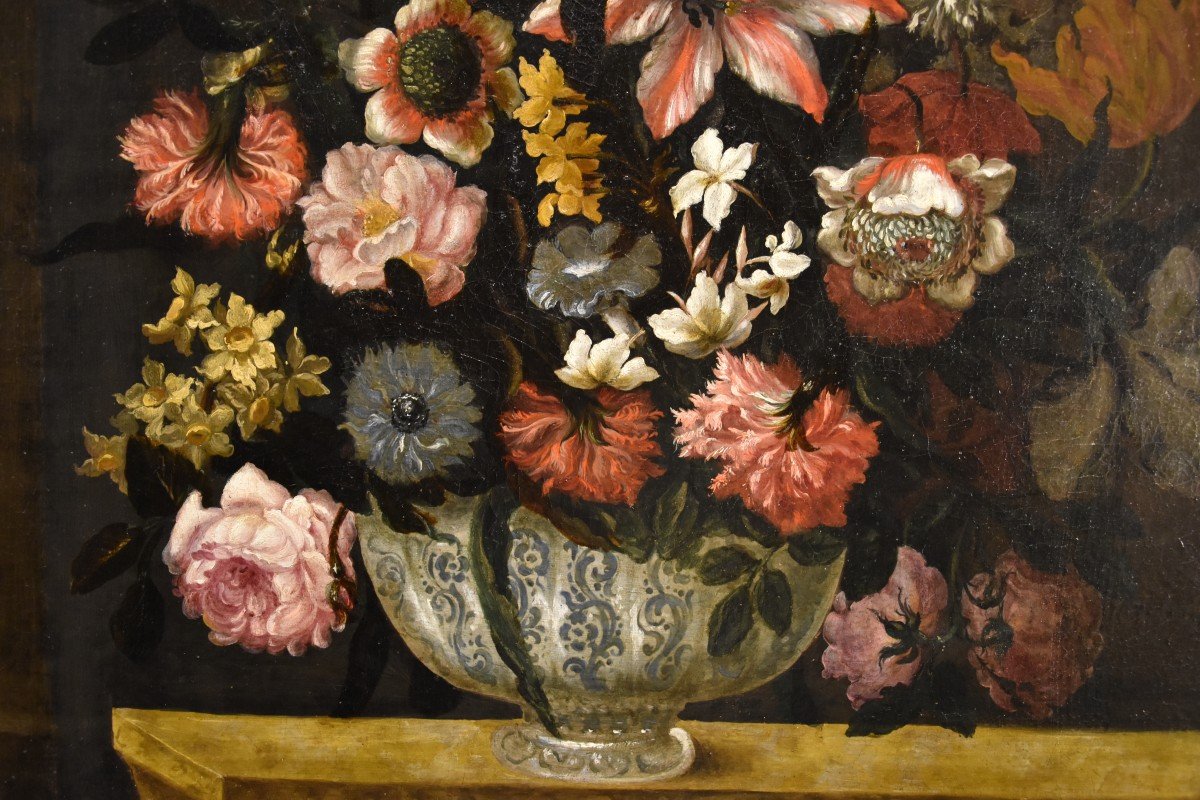
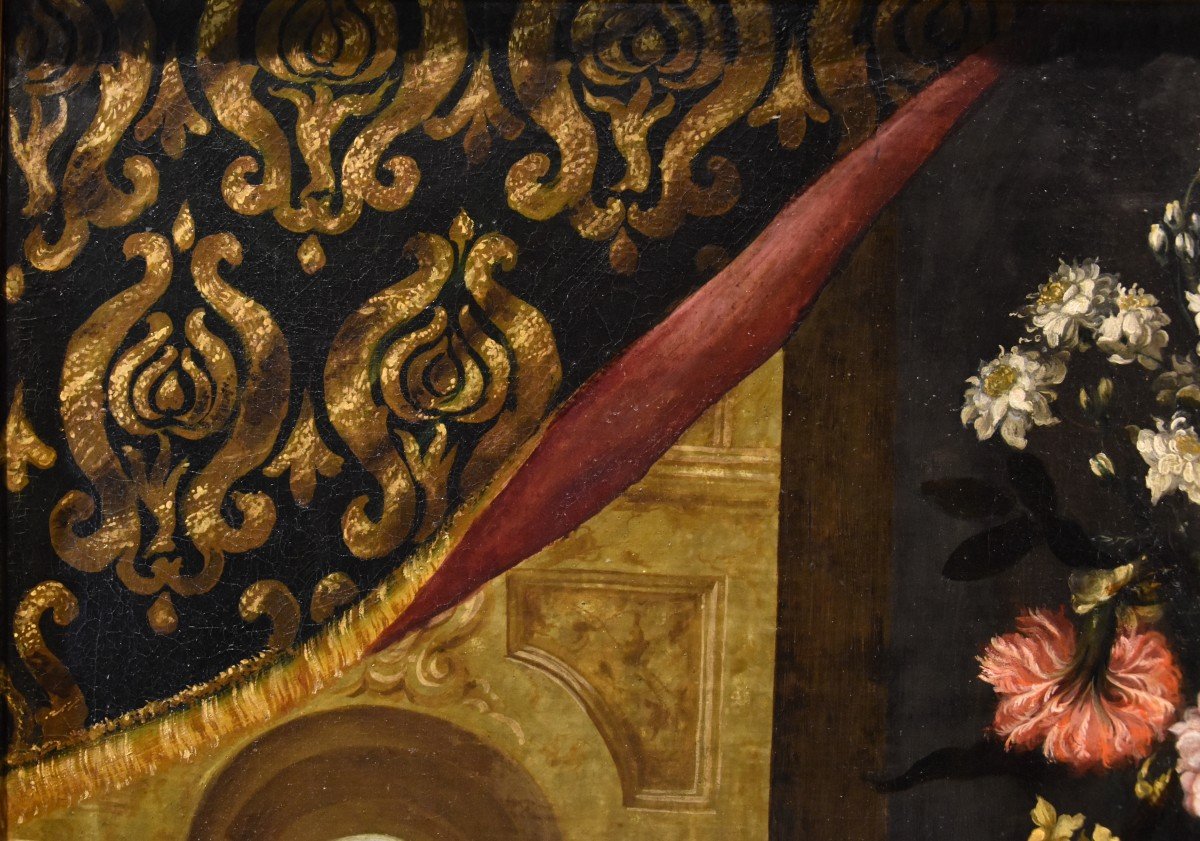





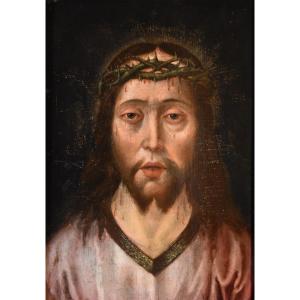



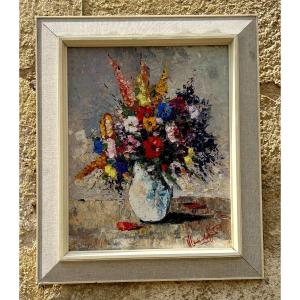






 Le Magazine de PROANTIC
Le Magazine de PROANTIC TRÉSORS Magazine
TRÉSORS Magazine Rivista Artiquariato
Rivista Artiquariato
